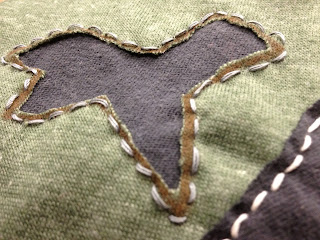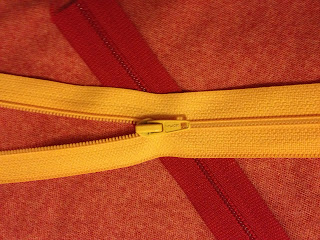The radio interview, though an hour long, to me just begins to touch on the issue of sustainability in the fashion industry. For people who have never thought about the consequences of fast fashion before, this interview is probably a great introduction. It's worth listening to, but personally left me feeling like I hadn't learned anything.
On the other hand, I came across an excerpt from Cline's book on Slate where she examines what happens with the clothes you donate to the Salvation Army. The life-cycle of a garment is something that I find very interesting, and I still don't quite understand what happens to all the clothes we buy when all is said and done. However this excerpt from Cline's book sheds some light on that question.
Most of our donated clothing does not end up in vintage shops, as car-seat stuffing, or as an industrial wiping rag. It is sold overseas. After the prized vintage is plucked out and the outcasts are sent to the fiber and wiping rag companies, the remaining clothing is sorted, shrink-wrapped, tied up, baled, and sold to used-clothing vendors around the world.
Cline describes viewing a huge pile of clothing rejected from the Salvation Army (clothing only stays in the stores for one month - then it's shipped off):
Mashed together like this, stripped of its symbolic meaning, stacked up like bulk dog food, I was reminded that clothing is ultimately fiber that comes from resources and results in horrifying volumes of waste.
Perhaps the most interesting part of the excerpt is where Cline mentions that the used clothing market in Africa is getting more selective as the wages rise. This means that eventually we might not be able to simply ship off all the clothes we don't want to developing countries.... so then what will we do with it?
I'm glad Cline is getting a lot of publicity for this book. I hope it will introduce this concept to people who have never though about it before. A major hurdle for sustainable fashion is that so many people don't think there is anything wrong with fast fashion. In fact, it's part of our culture to be proud of the cheap fast fashion deals we find.
This excerpt shows a lot of promise for the rest of the book, and I will definitely read Overdressed this summer and let you know what I think!





















